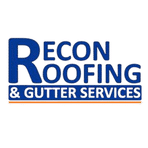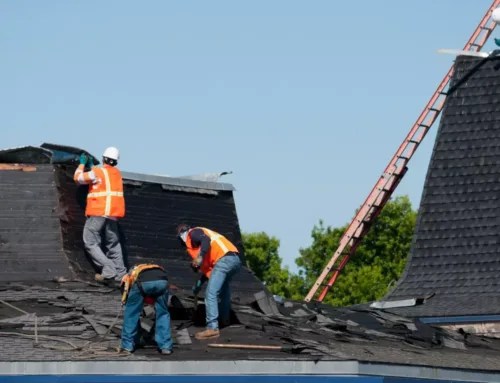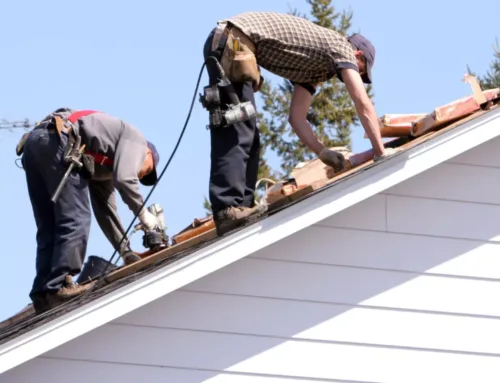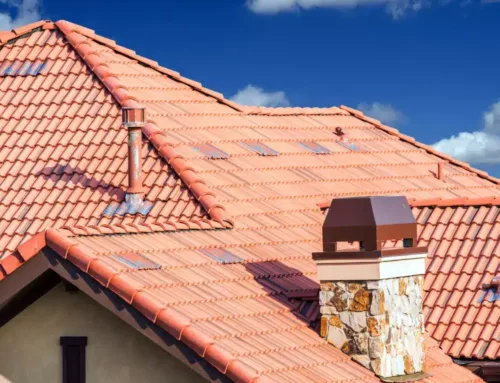1. Exterior Examination
Begin the inspection by examining the exterior of your roof. Look for any visible signs of damage, such as missing or damaged shingles, cracked tiles, or deteriorated flashing. Inspect the chimney, skylights, and vents for signs of wear and tear or loose seals. Check for any moss, algae, or debris accumulation on the roof surface, as these can lead to moisture retention and deterioration.
2. Interior Assessment
Proceed to inspect the interior of your home, focusing on the ceilings and walls directly beneath the roof. Look for any signs of water stains, discoloration, or peeling paint, as these may indicate a roof leak. Inspect the attic for signs of moisture, mold growth, or inadequate ventilation. Check for any sunlight entering through gaps or cracks in the roof structure, as this could indicate potential vulnerabilities.
3. Gutters and Drainage
Examine the gutters and downspouts for any debris buildup, sagging, or damage. Clear out any leaves, twigs, or other obstructions that may hinder proper water drainage. Ensure that the gutters are securely attached and directing water away from the foundation of the house. Poorly functioning gutters can lead to water pooling on the roof, causing damage over time.
4. Flashing and Seals
Inspect the flashing around chimneys, vents, and other roof penetrations. Check for any signs of damage, such as rust, corrosion, or missing sections. Examine the seals around these areas to ensure they are intact and effectively preventing water infiltration. Damaged flashing or seals should be repaired or replaced promptly to maintain the roof’s watertight integrity.
5. Roof Support Structures
Assess the condition of the roof support structures, such as rafters and trusses. Look for any signs of sagging, cracking, or rotting. These issues can compromise the structural stability of the roof and require immediate attention. If you notice any structural concerns, contact Recon Roofing for a professional evaluation and necessary repairs.
6. Ventilation and Insulation
Evaluate the ventilation and insulation in your attic space. Proper ventilation helps regulate temperature, reduce moisture buildup, and prevent issues such as mold growth and ice dams. Ensure that vents are clear of obstructions and that insulation is evenly distributed. Inadequate ventilation or insulation can lead to energy inefficiency and potential roof problems.
7. Professional Roof Inspection
While homeowners can perform basic roof inspections, it is recommended to have a professional inspection conducted periodically. Recon Roofing offers comprehensive roof inspections carried out by experienced professionals. Their expertise allows them to identify potential issues that may go unnoticed to untrained eyes. Professional inspections provide a thorough assessment of your roof’s condition and can help address any underlying problems promptly.
Regular home roof inspections are crucial for preserving the integrity and performance of your roof. By following this essential inspection checklist provided by Recon Roofing, you can proactively identify potential issues and ensure the continued protection of your home. Should you require professional assistance or repairs, Recon Roofing’s knowledgeable team is ready to provide expert guidance and reliable solutions.
Contact Recon Roofing today to schedule a professional roof inspection and trust their expertise in safeguarding the integrity and longevity of your home’s roof.





